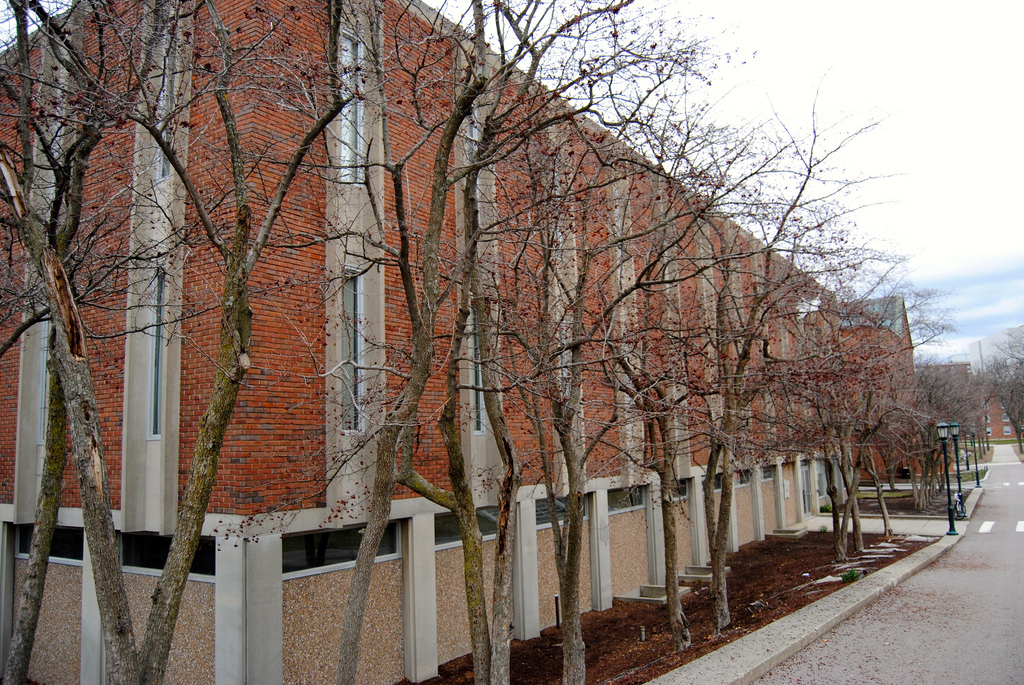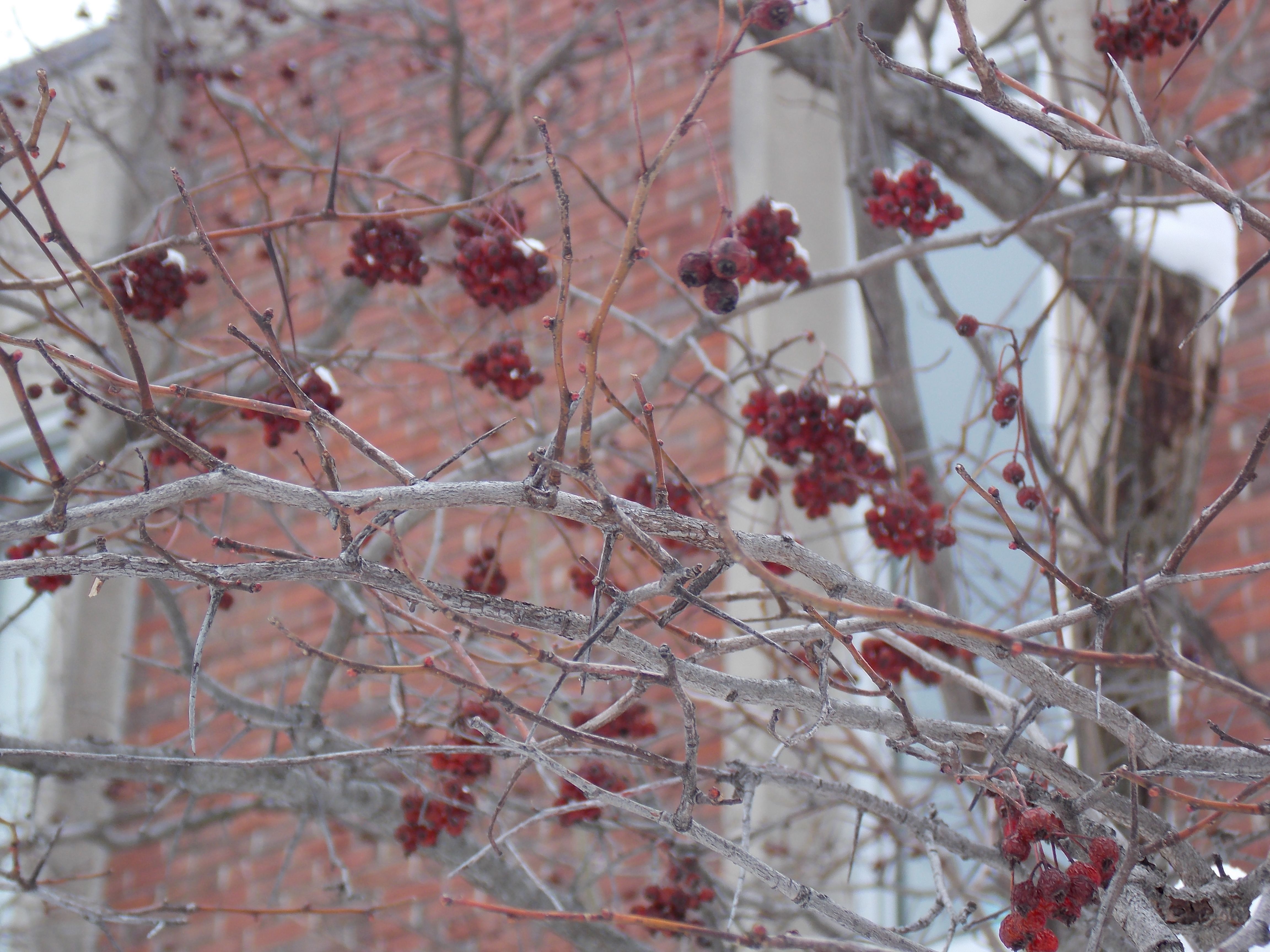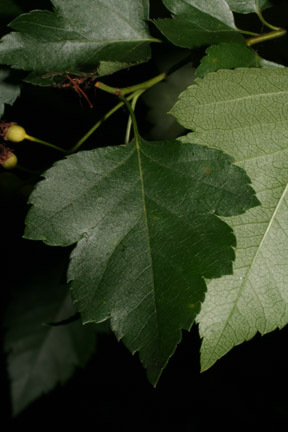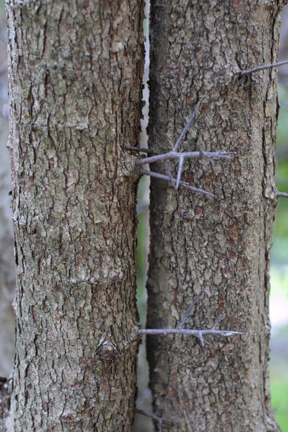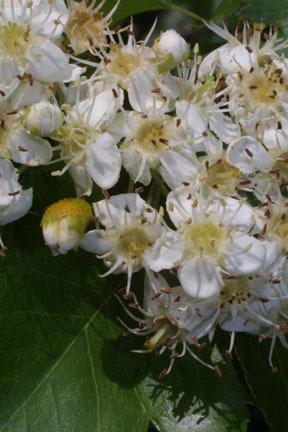Washington Hawthorn : Natural History
The Washington Hawthorn is native to the lower 48 States, originating in the South East, and is one of the most highly valued ornamentals of the Hawthorns. Introduced around Washington D.C. around the 19th century, its namesake, it was originally a shrub and has since become more popular in its tree form. It has a height of 25-30 feet, with pyramidal shape and a dense growth. Combine this with its winter heartiness and impressive seasonal colors, and you can see how it makes such a fine ornamental. This is a deciduous tree with bright red berries, orange fall leaves, and white, springtime flowers, allowing it to maintain its visual beauty all year round. While, like most Hawthorns, it has large thorns (2-4 inches long), these can be easily managed by pruning the bottom branches, so the thorns cannot be reached. On an interesting side note, Hawthorns have been purposely planted outside building windows to deter crime, as criminals are less likely to scale trees covered in thorns.
This photo shows the berries and thorns on the Washington Hawthorns outside of Votey Hall on UVM campus. You can clearly see that the thorns are long and sharp, as well as the dark red berries that stay on the tree throughout the year. These thorns are located not only on the branches, but at irregular ourcroppings from the trunk itself, so it is a tree that must be deligently pruned to avoid human injury. The berries
As it is a deciduous tree, the leaves undergo a color change in the fall and then fall off before winter. While for most ornamentals this can be an issue because the trees then look bare, the Washington Hawthorn retains its berries, and therefore retains its ornamental value. In addition to this, the bright orange and red fall colors of the tree make them a gorgeous site, as do the white spring blossums. This is a tree that remains colorful throughout the year, demonstrating why they are so highly valued.
As you can see from the leaves pictured on the left, Washington Hawthorns have lobed and serated leaves that are approxamitely 2-4 inches in length. On the tree they have an alternate pattern, and their dense cover provides excellent shade.
The bark of the Washington Hawthorn is brown-grey and has a "scaly" appearance. The trunks themselves are usually rather small, around 5 inches. Also visibile in this photo are the thorns growing out from the trunk, illustrating the danger they present and the need for proper maintenance when used in a public setting. Here on UVM campus, the lower parts of the trunk seem to be routinely trimmed, but these thorns are visible higher up on the trees.
The characteristic white blossoms on the Washington Hawthorn are spring bloomers, making these trees wonderful ornamentals in late May and early June. They are a part of the Rosaceae family, which is quite apparent upon examination of these flowers.

